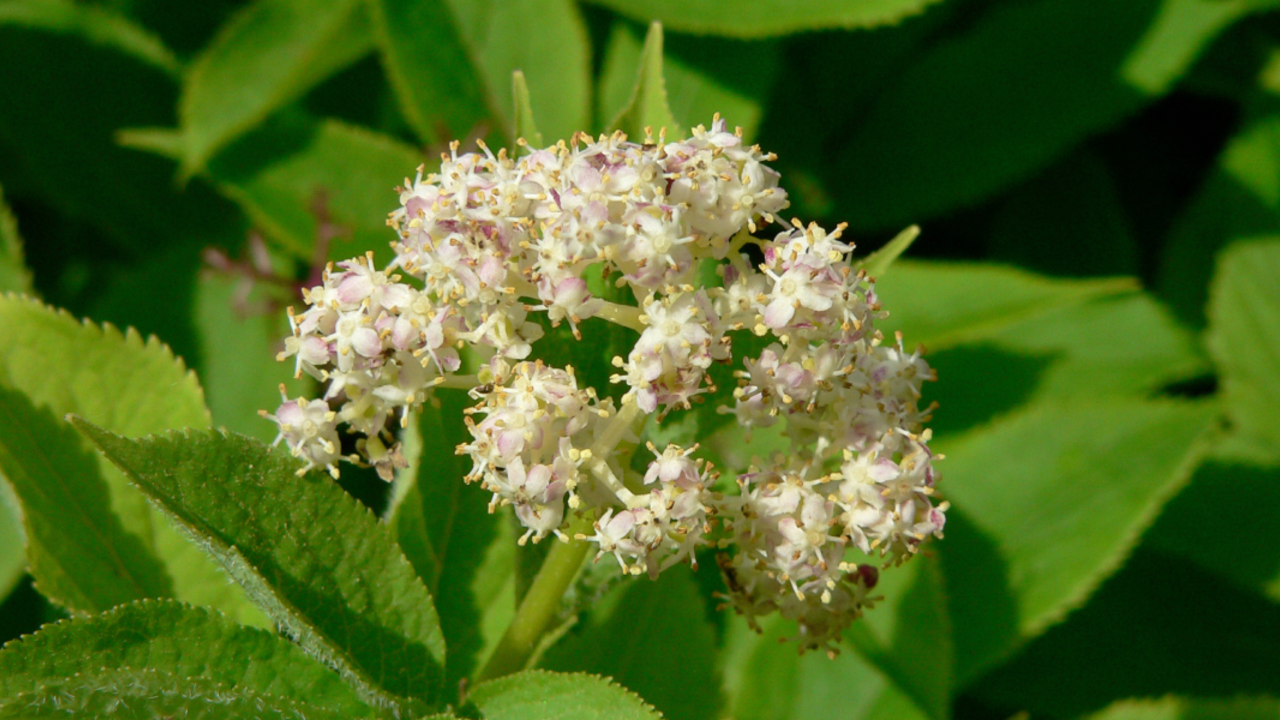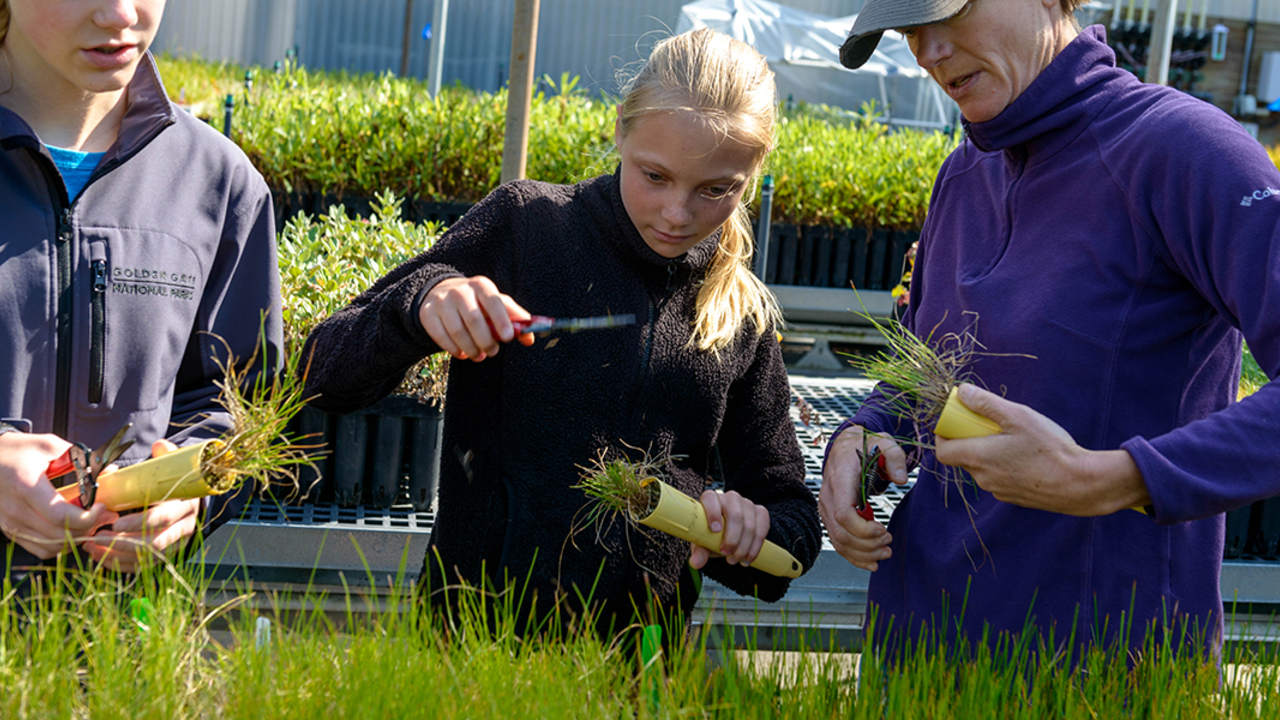Red Elderberry
(Sambucus racemosa)

Eric Poelzl/Parks Conservancy
Endangered
No
Population
Common
Description
Red elderberry is a widespread shrub to small tree that occurs in moist, cool places, including our own Redwood Creek. The Latin name hints at the historical uses of the plant and also provides botanical description: the genus name Sambucus comes from the Greek sambuke, a stringed instrument made from the wood of elderberry plants. They’ve also been fashioned into flutes. The soft branches of the elderberry have a spongy center, or pith, and probably hollow out nicely. The species name racemosa is descriptive of this particular species of elderberry’s cone-shaped inflorescence, which is known a raceme.
The elderberry produces its tiny creamy white flowers during May and June, and its small red berries ripen by late July to August. Right now you can see that many plants in the Redwood Creek watershed are beginning to produce fruits. Enjoy the elderberries for their vibrant color, but don’t test their palatability; they don’t taste good and are poisonous to people if eaten raw. Birds and animals can eat the berries and thereby help to distribute the seeds. Some human culinary uses for the elderberry include jams and wines, but they don’t make a good trail snack!
When the flowers or fruits aren’t present to help you identify the elderberry, look at the leaves. They are pinnately compound. In other words, the leaflets are lined up on a central stem, like on a fern frond, as opposed to being attached to one point, as in palmately compound leaf. “Pinnate” refers to a feather, and the arrangement of leaflets on a pinnately compound leaf is likened to a feather. The elk’s clover has a similar leaf arrangement and also grows along creeks, but the leaflets tend to be larger and the edges are noticeably serrated.
